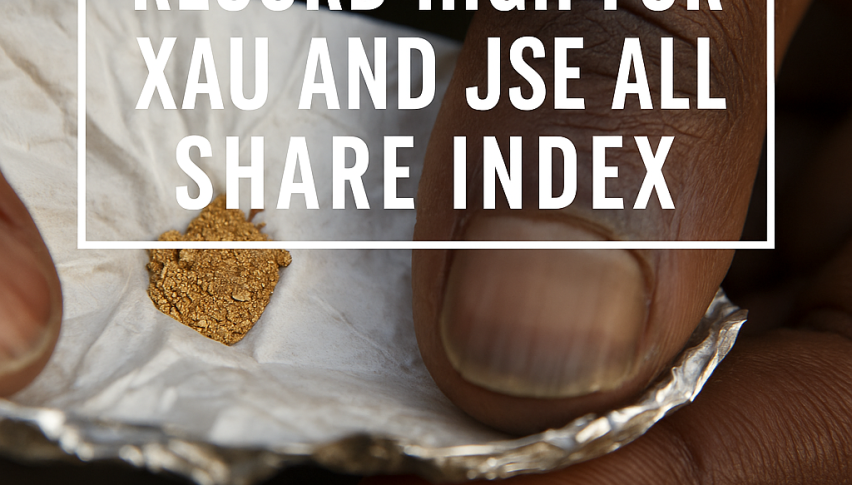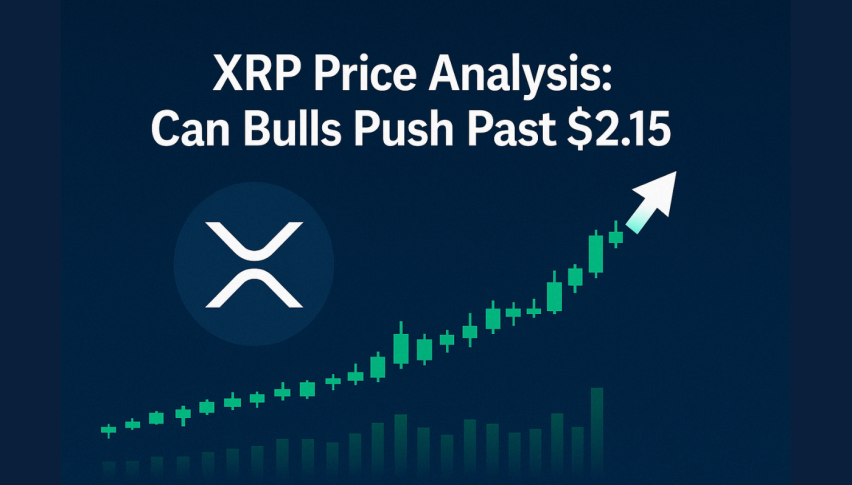Gold Slips Below Descending Triangle $1,739 – Eyes on Fed Chair Powell’s Speech
XAU/USD closed at $1735.25 after placing a high of $1754.30 and a low of $1727.85. Gold dropped on Tuesday's trading session and reached

GOLD prices closed at $1735.25 after placing a high of $1754.30 and a low of $1727.85. Gold dropped on Tuesday’s trading session and reached its lowest since 11th August amid the massive buying in the U.S. dollar. The U.S. Dollar was strong across the board as the U.S. Dollar Index reached its highest since November 2020 at 93.81. Lastly, the U.S. Treasury Yields on the 10-year note also reached the highest level since mid-June at 1.567%.
The U.S. Dollar and the Treasury Yields were rising higher on Tuesday amid the prospects of increasing cash rates along with the risk of inflation proving less transitory than expected. The U.S. Federal Reserve policymakers have projected that they were ready to increase interest rates in 2022, and the reduction of asset purchases will start as soon as November.
These hawkish comments from policymakers have been pushing the U.S. dollar higher and weighing heavily on the precious metal. The U.S. dollar and the Treasury Yield kept increasing during Tuesday’s trading session despite the dismal macroeconomic data release on the day. On the data front, at 17:30 GMT, the Goods Trade Balance in August remained flat against the forecast of -87.6B. In August, the Prelim Wholesale Inventories dropped to 1.2% against the predicted 0.8% and weighed on the U.S. dollar that further caped loss in gold. At 18:00 GMT, the Housing Price Index also declined to 1.4% against the predicted 1.5% and weighed on the U.S. dollar. The S&P/CS Composite-20 HPI also fell to 19.9% against the forecast 20.1% and weighed on the U.S. dollar and limited the decline in gold prices.
At 18:59 GMT, the Richmond Manufacturing Index declined to -3 against the anticipated 12 and weighed the U.S. dollar. At 19:00 GMT, the CB Consumer Confidence from September also dropped to 109.3 against the estimated 115.2 and weighed on the U.S. dollar and reduced the downward momentum in yellow metal prices.
Furthermore, many other Fed officials also gave some hawkish comments. On Monday, the Chicago Federal Reserve President Charles Evans predicted inflation to grow by 2.4% by 2024; however, for interest rates, Evans predicted a gentle incline on the upward. Gold is often considered a hedge against higher inflation, and a rate hike from Fed would increase the opportunity cost of holding non-interest-yielding bullion; these prospects were keeping the U.S. dollar higher and the yellow metal lower on Tuesday.
Gold (XAU/USD) Technical Outlook – Downward Trendline Pressures
Gold is trading with a bearish bias at the 1,738 level and facing immediate resistance at 1,739. An intraday pivot point level is extending immediate support at 1739.23. On the 4-hourly timeframe, the precious metal consolidates below the pivot point level, as investors await Fed Chair Powell’s speech ahead of placing any significant position.
Furthermore, the 50-day SMA (simple moving average) at 1,750 suggests a selling trend in GOLD. Moreover, the closing of candles below the 1,738 level supports chances of a bearish trend continuation. A descending triangle breakout is also extending this resistance.

Daily Technical Levels
1723.96 1750.41
1712.68 1765.58
1697.51 1776.86
Pivot Point: 1739.13
- Check out our free forex signals
- Follow the top economic events on FX Leaders economic calendar
- Trade better, discover more Forex Trading Strategies
- Open a FREE Trading Account




